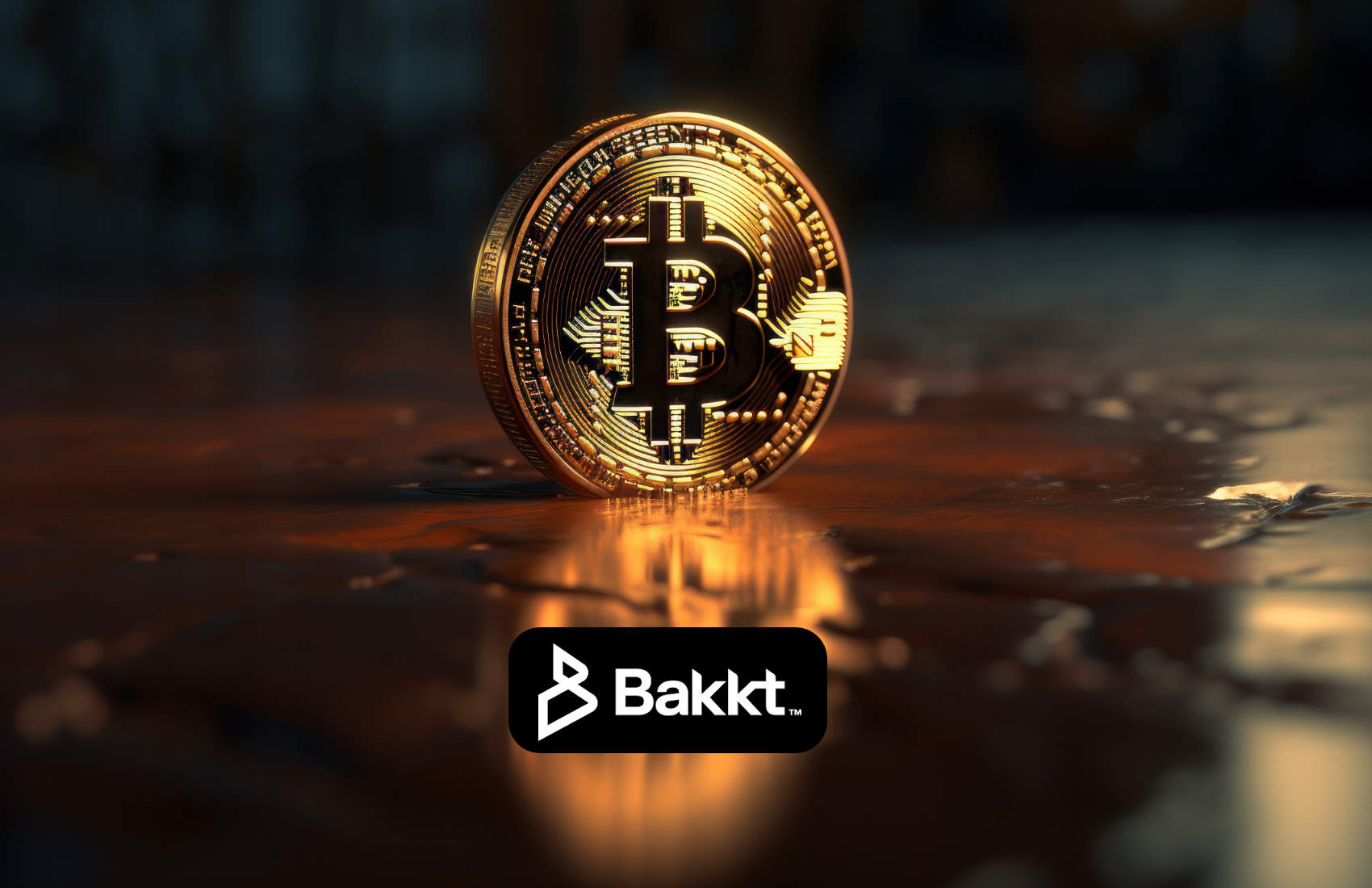The Great Debate: L1 vs. L2 in Ethereum’s Future
From dspyt by Pavel Fedotov
This post is taking part in the Devconflict x Kiwi writing contest .
Introduction
Ethereum has emerged as a robust platform for decentralized applications, leading the charge in the world of blockchain technology. However, as the network matures, it faces pressing challenges that threaten its efficiency, scalability, and usability. One pivotal debate within the Ethereum community centers around the question: Should we prioritize Layer 1 (L1) enhancements or embrace the potential of Layer 2 (L2) solutions? This discussion was fundamentally addressed at Devconflict, where thought leaders clashed over the merits and drawbacks of both approaches.
In this essay, I will argue that while both L1 and L2 solutions have their unique advantages, a strategic focus on Layer 2 can effectively address Ethereum's scalability issues while preserving the core ethos of decentralization that underpins the network. A recent pivotal development in this context is PeerDAS, an advanced data availability solution that promises to enhance L2 scalability significantly.
Understanding the Layers: L1 Basics
Layer 1 refers to the base layer of the blockchain—Ethereum itself. Enhancements at this level generally involve upgrades to the core protocol, including changes that could improve transaction throughput, reduce gas fees, and optimize security features. Recent developments, such as Ethereum's transition to Proof of Stake (PoS) with the Ethereum 2.0 upgrade, signify a commitment to improving L1 scalability.
However, optimizing L1 has its limitations. Increasing block sizes or reducing block times could lead to greater centralization, undermining the very principles of decentralization that Ethereum champions. Furthermore, making such adjustments requires consensus among network participants, which can be a slow and contentious process.
The Promise of Layer 2 Solutions
Layer 2 refers to protocols built atop the Ethereum blockchain aimed at increasing transaction speeds and reducing costs without changing the underlying protocol. Solutions such as Rollups (Optimistic and ZK-Rollups) are at the forefront of this development. With Ethereum currently handling approximately 13 transactions per second (TPS) and a maximum of 24 TPS, L2 solutions can scale this significantly.

As demonstrated by L2BEAT , there are now at least 116 rollups scaling a cumulative total of about 337 transactions per second, reflecting a significant improvement from previous metrics.

Introducing PeerDAS
PeerDAS, or Peer Data Availability Sampling, is a significant advancement in Ethereum's roadmap, introduced through EIP-4844 as part of the March 2024 Deneb-Cancun upgrade. It represents the next step in "The Surge" phase of Ethereum's development. Unlike EIP-4844, which requires complete blob downloads for data availability checks, PeerDAS enables partial data availability checks. This transition allows for greater rollup scalability without putting additional burdens on node operators.
Key features of PeerDAS include:
- Partial Data Requirements: By allowing nodes to only download a portion of the data (estimated at about 12.5%-18.75% of total blob data), it significantly lowers the bandwidth requirements needed for nodes, making it easier for more participants to maintain their operations.
- Enhanced Scalability: This capability will facilitate an increase in both the number and size of blobs, crucial for scaling, especially as rollup usage grows. With PeerDAS, nodes can verify a sample of blob data instead of the entire content, streamlining operations and reducing costs.
- Security Improvements: PeerDAS aims to mitigate potential attacks on data availability by utilizing proven peer-to-peer technologies, thus enhancing Ethereum's overall security posture.
Scalability and Cost Efficiency
The cost of transactions on Ethereum can be prohibitive, particularly during peak usage times. L2 solutions like Rollups, utilizing PeerDAS, can drastically reduce transaction fees, making Ethereum accessible for smaller users and transactions. This offloading of transaction volume also helps improve the overall user experience.
Flexibility and Innovation
L2 solutions provide developers with the flexibility to innovate without being constrained by L1 limitations. They foster diverse applications and experimentation, crucial for adapting to various institutional needs and project requirements.
Addressing Concerns: Security and Decentralization
Critics of L2 solutions often raise concerns regarding security and decentralization. However, with advancements like PeerDAS, strong security guarantees can be maintained by utilizing Layer 1’s existing security model. Furthermore, as these L2 technologies mature, they promote decentralization by reducing entry costs for new participants, reinforcing the Ethereum ecosystem.
Conclusion: A Harmonized Approach
The debate surrounding L1 and L2 solutions is critical for the future of Ethereum. While enhancing the base layer remains important, the future lies in embracing the potential of Layer 2 solutions, bolstered by innovations like PeerDAS. By focusing on L2, we can achieve the scale and cost-effectiveness that Ethereum desperately needs, all while adhering to the decentralization
Disclaimer: The content of this article solely reflects the author's opinion and does not represent the platform in any capacity. This article is not intended to serve as a reference for making investment decisions.
You may also like
Trump Media in talks to acquire ICE crypto firm Bakkt – report

ETHは1,800.00ドルを下回り、現在は1,799.79ドルで取引されています。

Magic Eden Traders Set to Receive $312 Million Worth of ME Tokens in Airdrop

Ethena’s risky path: A synthetic stablecoin cautionary tale


